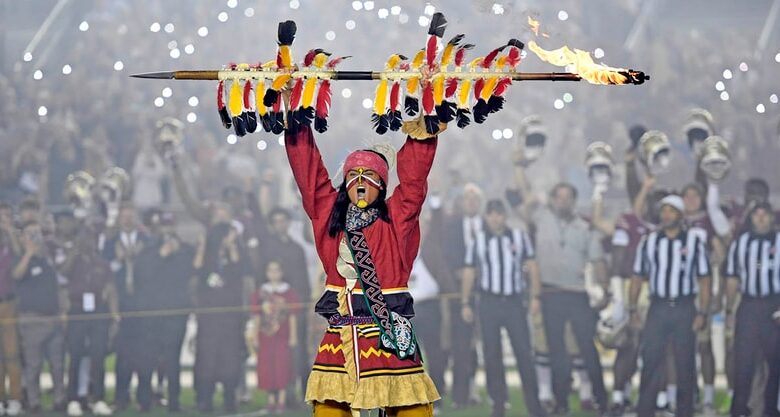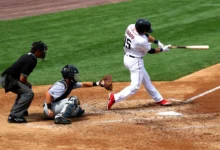The Warchant: A Deep Dive into Its Origins, Impact, and Cultural Significance

Introduction: The Resonance of the Warchant
The Warchant is more than just a rhythmic vocalization; it’s a symbol of unity, strength, and identity. Across different cultures and communities, the Warchant has served as a rallying cry, a means to instill courage, and a way to forge a collective identity. Its deep, resonant tones have echoed through history, from ancient battlefields to modern-day sports arenas. In this article, we’ll explore the multifaceted nature of the Warchant, delving into its origins, cultural significance, and the reasons behind its enduring power.
The Origins of the Warchant
Ancient Beginnings
The concept of a Warchant dates back centuries, with various indigenous cultures utilizing chants to prepare for battle and to communicate across vast distances. These chants were often accompanied by drumming, creating a powerful auditory experience that could intimidate foes and embolden warriors. For instance, Native American tribes would use war songs to summon strength and unity before heading into battle.
Evolution Through Time
As societies evolved, so did the Warchant. In medieval Europe, for example, soldiers would chant to boost morale before engagements. These chants often had rhythmic patterns that synchronized with marching, creating a unified front. Over time, the Warchant transitioned from a battlefield necessity to a cultural expression, appearing in various forms across different societies.
The Warchant in Modern Times
Sports Arenas: A Resounding Tradition
In contemporary times, the Warchant has found a prominent place in sports. Teams and their supporters adopt chants to show solidarity and intimidate opponents. One notable example is Florida State University’s “War Chant,” which began in the 1980s. During a game against Auburn, the Marching Chiefs initiated a chant that the student body quickly adopted, turning it into a staple of FSU football culture.
Cultural Festivals and Ceremonies
Beyond sports, the Warchant plays a role in cultural festivals and ceremonies. Indigenous communities, for instance, incorporate chants into their rituals to honor ancestors and connect with their heritage. These chants serve as a reminder of the past and a celebration of cultural identity.
The Psychological Impact of the Warchant
Instilling Courage and Unity
The rhythmic nature the its has a psychological effect on both the chanters and listeners. The repetitive patterns can induce a trance-like state, fostering a sense of unity and shared purpose. This collective experience can boost confidence and morale, making individuals feel part of a larger, powerful entity.
Intimidating Adversaries
The Warchant’s deep, resonant tones can have an intimidating effect on opponents. The synchronized chanting, especially when accompanied by physical gestures or movements, can create a formidable presence, unsettling adversaries, and giving the chanters a psychological edge.
The Cultural Significance of the Warchant
A Symbol of Identity
For many communities, the Warchant is a symbol of identity and pride. It connects individuals to their heritage and traditions, serving as a reminder of their history and values. Whether in a sports arena or a cultural ceremony, the Warchant reinforces a sense of belonging and continuity.
A Tool for Social Cohesion
Chanting together fosters social cohesion. It breaks down individual barriers, creating a sense of equality among participants. In sports, for example, fans from diverse backgrounds come together, united by the shared experience of chanting for their team. This collective activity strengthens community bonds and promotes social harmony.
The Warchant Across Different Cultures
Native American Traditions
In Native American cultures, war chants were integral to preparing for battle. These chants were believed to invoke spiritual protection and strength. They were often accompanied by drumming, creating a powerful auditory experience that resonated with the warriors and their communities.
African Tribal Chants
African tribes have a rich tradition of chanting, used in various contexts from warfare to celebrations. These chants are characterized by call-and-response patterns, fostering a sense of unity and participation among community members.
Polynesian War Chants
In Polynesian cultures, war chants, known as “haka,” are performed to intimidate opponents and demonstrate strength. The haka involves vigorous movements and facial expressions, accompanied by chanting, creating a formidable presence.
The Future of the Warchant
Preservation of Tradition
As societies modernize, there’s a risk of traditional practices like the Warchant fading into obscurity. However, efforts are being made to preserve these traditions through education and cultural initiatives. By passing down the knowledge of these chants to younger generations, communities aim to keep their heritage alive.
Adaptation in Contemporary Contexts
While preserving tradition is crucial, adapting the Warchant to contemporary contexts ensures its relevance. Incorporating modern elements into traditional chants can make them more appealing to younger audiences, ensuring the chant’s endurance in the modern age.
Conclusion: The Enduring Power of the Warchant
The Warchant is more than just a vocalization; it’s a powerful tool that unites, empowers, and intimidates. Its deep roots in history and culture underscore its significance across various societies. Whether in ancient battlefields or modern sports arenas, the Warchant continues to resonate, proving that the power of collective voice remains undiminished through time.
FAQs About the Warchant
Q1: What is the primary purpose of a Warchant?
A Warchant serves to unite individuals, instill courage, and intimidate adversaries. Its rhythmic and repetitive nature creates a sense of collective strength and purpose.
Q2: How has the Warchant evolved?
Initially used in ancient battles, the Warchant has evolved to be a part of cultural ceremonies and sports events, adapting to the contexts in which it’s used.
Q3: Are there different types of Warchants?
Yes, various cultures have their versions of the Warchant, each with unique rhythms, lyrics, and purposes.
Q4: Can the Warchant have a psychological effect?
Absolutely. The synchronized chanting can boost morale, create a sense of unity, and intimidate opponents.
Q5: How can communities preserve the tradition of the Warchant?
Through education, cultural initiatives, and intergenerational transmission of knowledge, communities can ensure the Warchant’s preservation.

